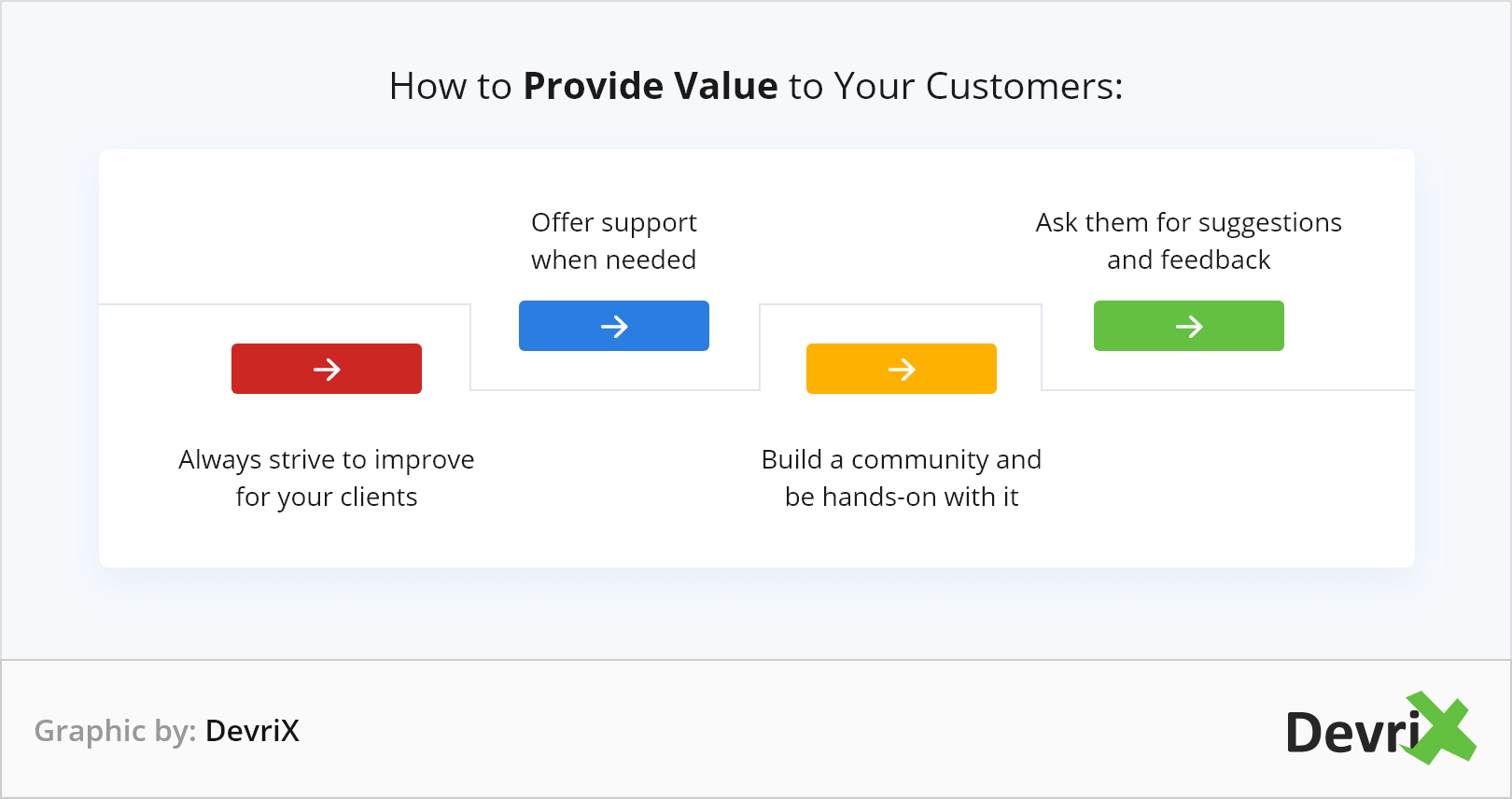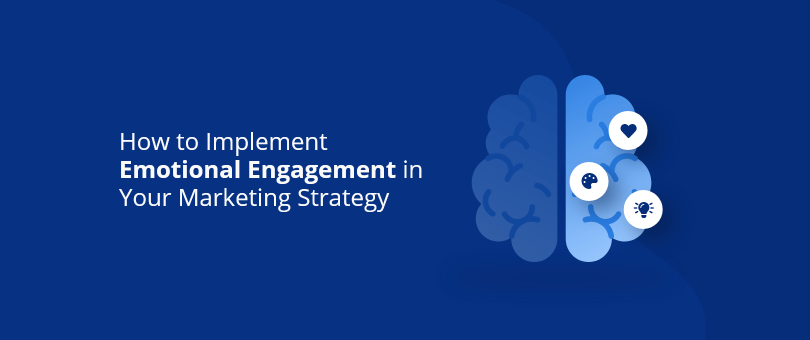Making decisions based on emotions is almost next to human nature. This applies to nearly everything – from simple choices in your daily life to your buying behavior.
According to Inc., 95% of buyers make their purchasing decisions subconsciously These unconscious urges are often driven by feelings, which is why Forbes claims that this type of marketing strategy is a “superweapon”.
To put it simply, emotional marketing uses persuasive messages to delve into a person’s emotions. It helps form a deeper connection between the brand and its audience, making it one of the most subtle yet effective strategies. This can also make your customers remember and notice your business more, which can eventually lead them to buy your products and sharing them with other people.
Basically, this is how emotional engagement can help businesses grow:
- It can help customers with their buying decision. As we have mentioned earlier, this type of marketing strategy tugs at people’s feelings. They often subconsciously let their emotions decide if they should make the purchase or not.
- Consumers will perceive your brand as unique and memorable. Having the ability to make people feel happiness and excitement through your products and services is already a big win for your business. Leaving an emotional impact on your clients can make them remember the brand more.
- Your content will have a friendlier and warmer tone to it, making it more shareable. Online users love sharing articles and even ads that they can relate to. If they feel some type of connection to your brand, then they are more likely to share it with other people.
- Emotional engagement helps build customer loyalty. The deeper the connection that you have with your audience, the more they would be willing to trust you and give you their loyalty.
- You can hook your customers in with just the first impression. You want to stand out from the crowd and make people remember you, and making them feel that you understand their needs can help you achieve such a goal.
1. Share Your Brand’s Story
Sharing your brand’s story is a great way to connect with your patrons. Make this unforgettable by including emotions such as passion, sadness, happiness, and excitement in your stories. This way, you’ll appear genuine and helpful to your audience.
Draft a story that you know will resonate with your audience. Create marketing personas so you’d be able to understand their needs as a buyer. People usually get inspired by stories that they can empathize with, or else they won’t feel like sharing it with their loved ones. Make sure to carefully plan out everything – from the setting, characters, theme, and even down to the conflict.
2. Get to Know Your Customers Better
How will you be able to implement emotional engagement in your marketing strategy if you do not know your clients well enough? Work on knowing your customers on a deeper level so that you can have an emotional relationship with them.
You don’t have to sit down and interview them. You can, instead, read their comments, ask them for reviews and testimonials, and see what their interests are, and build a persona based on those things. Use that to create scenarios to better understand your clients.
Work on knowing their desires, motivations, and struggles as a buyer. Being aware of what emotions you should elicit in your content is key to a successful campaign.

3. Work on Your Images
Images can be powerful and telling a story through a couple of pictures or graphics can tug at people’s heartstrings. Color has a deep emotional impact on most people, which can sometimes trigger buying behavior.
Here are some of the colors that you can use for your images and what feelings they can evoke:
- Red is a dominant color that often signifies passion, importance, and even aggression.
- Orange usually makes people feel playful and energetic.
- Yellow can evoke feelings of happiness. This can also give a warm, friendly, and inviting vibe since it has more of a lighter tinge to it.
- Green can be seen as prosperous and natural. This is often used to represent the environment, which can also give off a feeling of tranquility.
- Blue has inviting and serene attributes. It usually makes people feel calm, pleasant, and peaceful.
- Purple gives off luxurious and mysterious energy. This color is often associated with royalty, which can give people a sense of elegance.
- Pink stands for youth and innocence. It can also evoke feminine aspects.
- Brown has this rustic and earthy energy to it. Individuals often feel calm upon seeing this color, as it can be associated with the outdoors.
- Black often gives a sense of power and sophistication to customers. It is considered to be one of the strongest colors, so use it carefully.
- White often signifies cleanliness, proper organization, and virtue.
Choose the right color, text, and images to use to get your customers’ attention.

4. Get Involved in a Movement
Again, people are looking for brands and companies that they can trust and relate to. Look for a community or movement that you can participate in – but make sure that it is related to your industry and involves your target market. If you can’t find one that suits you, then consider creating one for your brand.
This will help incite the “bandwagon effect”, which keeps people intrigued and interested in your brand. Additionally, community members will feel more accepted and excited upon joining a movement that they can be a part of. This can help your brand reach shoppers who can become loyal patrons.
5. Keep It Real
You can’t define emotional engagement if your guests don’t trust you. You have to be authentic – avoid faking emotions just so your audience feels welcome. You have to back your words up, or else, you’ll lose your customers one by one.
Align your strategy with the core values of your brand so you know what content to put out. Be sincere and honest and do not make promises that you cannot keep. Giving your clients a false sense of hope will turn them off instantly, so make sure you know what you can deliver on.

6. Provide Value
You’d want people to come back again and again, and the only way to do that is by providing value to them. Let the public see what sets you apart from other brands and why they should choose you.
Make them feel special by sending personal thank you emails and messages. This way, not only will you be able to implement emotional engagement, but you will also earn their trust and compassion.

Here is a list of things that you should not do when implementing emotional engagement to your marketing strategy:
- Don’t just talk about yourself. It’s okay to talk a little bit about your brand, but you don’t want to appear narcissistic. Your guests will be more interested in what you have to offer if you talk to them and find out what they need. This is why creating marketing personas are important – so you get a feel of what you need to say to connect to people better.
- Don’t ignore their comments and suggestions. Individuals like being listened to, especially if it is by the brand that they look up to. This is much more vital for eCommerce businesses, as people can only see and talk to you through their screens. Make sure to always check your blog and social media comments and reply to each one of them. Emails should also be responded to as soon as possible, so consider getting a team that can handle such queries.
- Don’t just focus on the numbers. Yes, it can be tempting to try and attract as many leads as possible, but doing this can make you forget to focus on keeping your customers loyal to your brand. Remember: you are trying to please your audience, and that can be difficult if you have tons of different clients. Try to group them using different personas and work on each one separately. This way, you can cater to all of your clients without sacrificing the quality of your content.
- Don’t make promises when you cannot deliver. Have you ever seen ads that show how good a product is and how it can change your life, only to be disappointed by it because it wasn’t able to meet your standards? This is called false advertisement, and it never works. Chances are people will lose trust in you, leading them to find a company that does what they say they will.
Conclusion
Weaving feelings into your marketing strategy can lead to an influx of leads and loyal consumers. You are indirectly asking your clients to act without having to resort to hard-selling.
Emotional marketing can be tricky at first, but once you have all of the information that you need, you can easily apply it to your strategy. All humans feel emotions, thus, all you have to do is capture the right ones.
